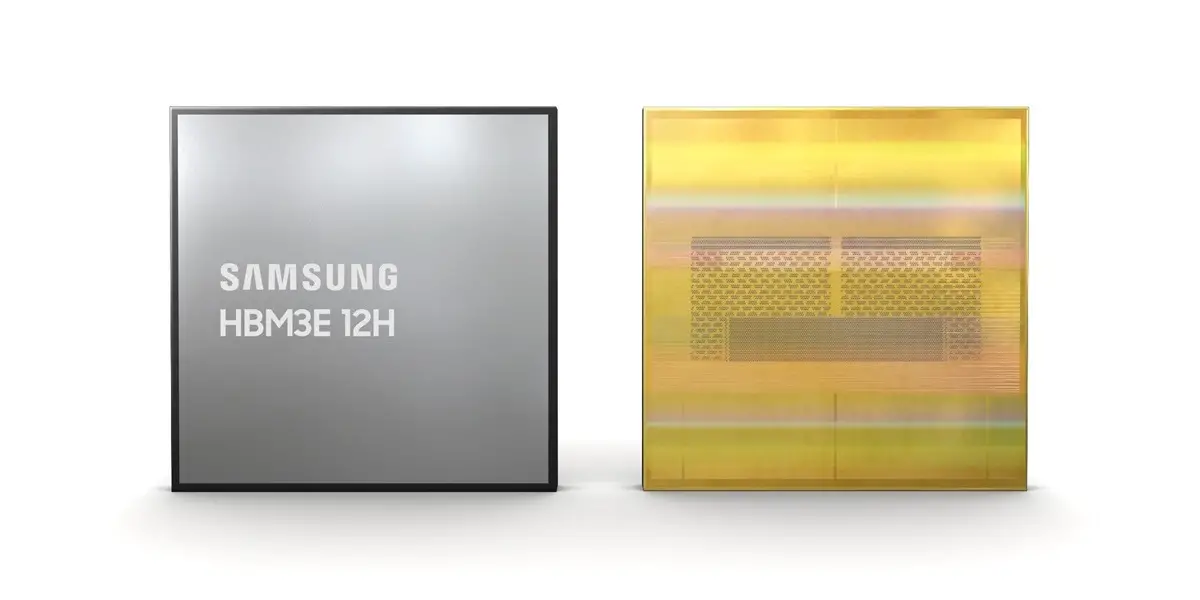
In recent years, artificial intelligence (AI), high-performance computing (HPC), and personal computing (PC) have been driving the development of high-performance DRAM products, with the market demand for HBM-type DRAM rapidly increasing. Although Samsung is the world’s largest memory manufacturer, it has lagged behind SK Hynix in the development and sales of HBM products. Reports indicate that, to catch up with its competitor, Samsung has established a dedicated team for the HBM4 project, while the development and mass production of HBM3E remain under the original DRAM design team.

According to TrendForce, Samsung has now formed a new “HBM Development Team” that will focus on the development of HBM3, HBM3E, and next-generation HBM4 technologies to enhance Samsung’s competitiveness in the HBM market. As early as 2015, Samsung had established a team within its DRAM department dedicated to HBM product development and even created a special task force, and this organizational restructuring further strengthens its efforts.
Samsung aims to accelerate the development pace of HBM products to capture the high-value DRAM market. In February of this year, Samsung announced the completion of HBM3E 12H DRAM development and began mass production of HBM3E 8H DRAM in April. Since last year, Samsung has been providing HBM3E to NVIDIA for validation, including products with 8-layer and 12-layer stacks, but they have not yet passed validation. It is expected that part of the validation work will be completed by the end of the third quarter.
Previously, Samsung published an interview article detailing the current development status of HBM products and reiterated that HBM4 is under development and will debut in 2025. There have been rumors that Samsung plans to introduce non-conductive film (NCF) assembly technology and hybrid bonding (HCB) technology optimized for high-temperature thermal characteristics in the next-generation HBM4.


